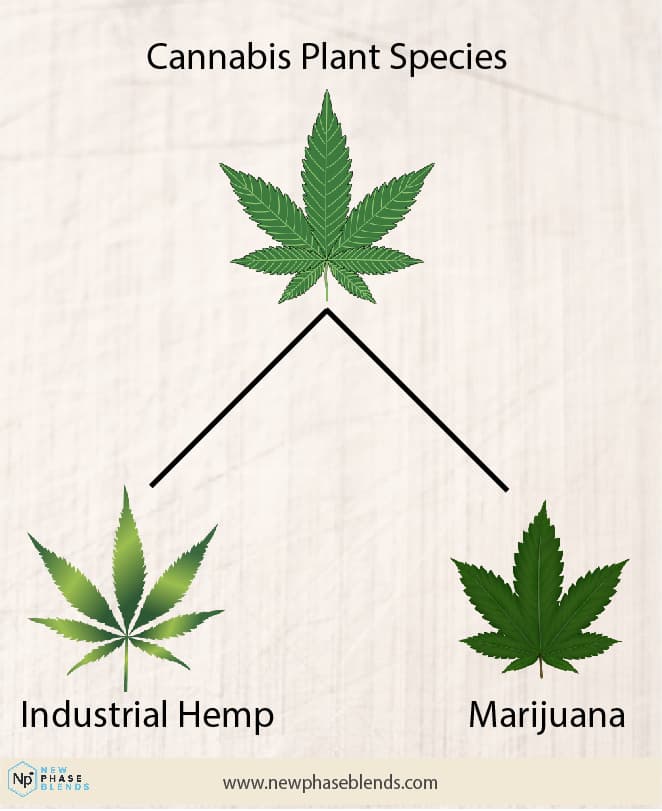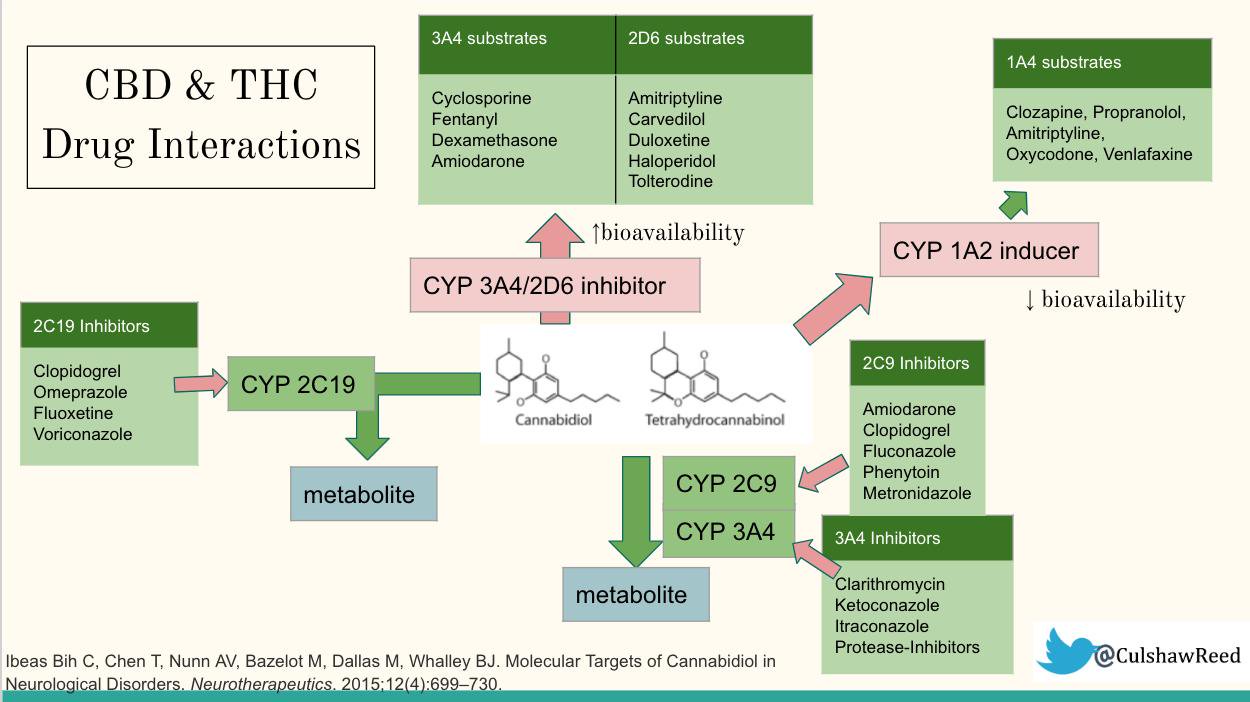
Hemp is a great source of organic material. Its life cycle is one in which it breaks down to release large quantities of organic material into the soil. The high leaf turnover rate helps reduce evaporation as well as water loss. It acts as mulch to protect soil structure. The plant also decomposes its stalks before being harvested for processing.
Cannabis sativa
Cannabis sativa hemp is one of the fastest-growing plants on Earth. It is used for medicinal and industrial purposes. Many products are possible from hemp including paper, rope, and clothes. Hemp is fast-growing and can also be used to make biofuel. Hemp is also one the most commonly-cultivated plants on Earth. Hemp can be fast-growing and it is easy to grow in your own backyard.
Cannabinoids can be found in hemp from Cannabis sativa. These compounds have been found to have anti-inflammatory and anti-oxidant properties. They also reduce the risk of skin aging and are capable of preventing fine lines and wrinkles. They also help to strengthen the skin barrier and prevent bacteria from building up on the skin.
Although cannabis is illegal in the United States, hemp remains a common agricultural crop. Hemp is among the oldest cultivated plants. The plant contributes significant fiber and seed to textiles as well as other industrial products. Its oils and seeds are rich sources for essential nutrients, including omega fatty and other acids.

Hemp seed oil is a valuable ingredient for skincare products. It is rich in nutrients and antioxidants. It has been used as a beauty ingredient and food ingredient for years. The use of it in skincare products has increased exponentially over the last few years. The oil is often used for skin care and to improve complexion.
Cannabis sativa has a high degree of genetic variability. It is interfertile. This means that cannabis varieties can be very diverse. Although many cannabis varieties are identical, they differ in their phenotypic as well as genotypic characteristics. It is crucial to know the difference between different strains.
Legal limits on the psychoactive THC content have made genetic studies of Cannabis sativa difficult. Recent research has resulted in improved genetic methods to cultivate cannabis sativa. Researchers have created a method that extracts embryos from the seeds. This improved DNA extraction. The method yielded DNA from individual Cannabis Sativa embryos at levels that were similar to those extracted from leaves. This DNA was then used as a basis for molecular characterization of SSR.
The Cannabis sativa plant has many beneficial components and has been cultivated all over the world for centuries. It has been used as a fuel source, food, nutritional supplement and building material. Its fibres were also used for textiles and rope. Popular Mechanics magazine in 1938 highlighted the economic importance of hemp fiber and reported that hemp fiber could be used to make 30,000 different products.
While cannabis and hemp may have similar properties, they do not belong to the same species. The only difference is the THC level in each plant. Hemp has much lower THC than marijuana, while the cannabis plant contains more THC. These two species have different uses and are often confused with each other. One is used as medicine while the other is used for food and fibre.
Hemp seed oils are rich in omega-3 fatty acids and omega-6. They nourish the skin and help protect it from environmental stress factors. They balance the skin’s natural moisture barrier to prevent dryness. They can also reduce redness and irritation. And they are suitable for most types of skin. Furthermore, cannabis sativa seed oils contain gamma–linolenic (great for skin health).

Hemp is closely related with marijuana. It is produced from distinct strains of the Cannabis sativa plant, and is used to produce a variety of products. Hemp-derived products do not contain any THC and are not addictive.
Industrial hemp is one of the oldest cultivated plants. For thousands of year, hemp has been used as a fuel, fiber, or medicine. The cultivation of hemp dates back to 2700 BC in China and spread through Asia. Hemp was used mainly as a fibre crop up until the early 1900s. However, its use decreased because of competition from other plant fibre sources.
There is a wide range of amounts of phytocannabinoids contained in hemp seed. There are strict guidelines in place to limit their amount in hemp seeds, and these limits are imposed to ensure the safety of consumers. The maximum amount of phytocannabinoids in hemp seeds is typically 10 mg.
FAQ
What does the future hold for the CBD Industry?
The future of CBD is bright. It's easy for people to get on board with this sector. With over $1 billion spent globally by consumers on CBD products alone, it's not hard to see how this market is growing exponentially.
According to Statista, worldwide sales of cannabidiol (CBD), are expected to hit $22.4 billion in 2019. That's almost 200% more than in 2018!
Also, the CBD market is expected to grow at a compound annual rate of 22.5%. This would translate to almost $6.8 billion in revenues by 2022.
This is good news for both companies that want to enter the CBD market and those who are already in this sector. But, it is important to remember that the CBD industry is still in its infancy. There will be many challenges.
Can I use CBD during pregnancy?
The research on CBD use in pregnancy is still lacking.
It is not possible to prove that CBD causes harm to the baby, based on what little information there is.
Pregnant women should not take CBD unless their doctor has recommended it.
The Food and Drug Administration has issued a warning regarding potential risks of CBD use during pregnancy.
FDA says there is evidence that cannabis usage during pregnancy can increase miscarriage risk.
The agency stated that further research is required before a firm conclusion could be drawn.
How can companies successfully market CBD products in a regulation-compliant manner?
The FDA does no regulate hemp as a crop commodity. The Controlled Substances Act governs all other cannabis derivatives, such as marijuana. There are currently no regulations regarding CBD.
CBD is legal in 29 states. However it is still illegal under federal law. This creates uncertainty for businesses looking to sell CBD products.
The FDA has strict guidelines regarding how CBD products can be promoted. The FDA requires that all CBD products clearly disclose their THC content. Without scientific evidence, companies cannot claim CBD treats certain medical conditions.
Additionally, the FDA requires manufacturers submit information about manufacturing practices and quality control. They also require companies to conduct clinical trials to prove safety and efficacy.
These factors should be considered by companies when they develop their marketing strategies.
Which CBD products are most popular?
CBD products can be found all over these days. They are used for pain relief and anxiety. The market is huge and growing fast.
But what do people buy CBD for? And what does it mean for you, as a brand owner?
Statista says CBD products are popular for their relaxing properties. They are also being purchased for their anti-inflammatory properties.
This means that you can sell your product for both medicinal and recreational purposes if it has CBD and THC.
But what about brands which are focused on just one purpose? If a company sells CBD to relieve stress, it will be the only one that is competitive.
Also, if a brand is focused on CBD for medical reasons, it will have large customers.
However, a brand that wants to target recreational customers must develop a unique selling message (USP). A USP is basically a feature or benefit that sets a brand apart from competitors.
For example, some brands offer shipping free of charge, while others offer discounts when you order in bulk.
Is CBD still a viable alternative?
Yes. It's not because it has medical benefits, but rather because it can help people feel better and not get high.
It doesn't make any difference to your feelings when you use it, making it an ideal alternative to prescription medication.
As we have seen in studies, cannabis has been shown to be effective in treating pain, anxiety and depression.
Cannabinoids in cannabis interact with our brains. This interaction results in feelings of relaxation as well as well-being.
You should understand the effects of CBD oil on your body and health if you are considering using it.
Which countries produce the highest quality CBD products?
The United States produces the vast majority of CBD products.
Canada, Australia New Zealand, Israel, and New Zealand all produce high-quality CBD products.
Statistics
- A recent systematic review of human trials also reported that individuals with epilepsy receiving CBD (5–20 mg·kg−1·day−1) were more likely to experience decreased appetite than those receiving placebo (i.e., ~20 vs. 5% of patients) (ncbi.nlm.nih.gov)
- While the primary injury may not be treatable, interventions that attenuate secondary sequelae are likely to be of benefit [203].Only one study (ncbi.nlm.nih.gov)
- OralWhere HED is the human equivalent dose, and Km is a correction factor estimated by dividing the average body mass (BM) of the species (60, 0.020, and 0.150 kg for 11 humans, mice, and rats, respectively) and by its surface area (see: Nair et al. (ncbi.nlm.nih.gov)
- The use of these products is likely to become even more widespread if the World Health Organization's recommendation that CBD no longer is scheduled in the international drug control conventions is adopted by the United Nations member states [201]. (ncbi.nlm.nih.gov)
- As a substance that was federally illegal before the passage of the 2018 Farm Bill, hemp-derived cannabinoids with no more than 0.3% THC still face a regulatory grey area. (forbes.com)
External Links
How To
What are the most common problems in the CBD industry?
The current market for CBD products is growing at an incredible rate. Businesses looking to get into this market face many obstacles. These include a lack consumer awareness, high-cost entry, limited access capital and regulatory uncertainty.
Many people don't know much about CBD or how it works. This means they are not able to make informed choices about whether or no to purchase CBD products.
Most CBD companies rely heavily upon word-of mouth marketing. This is expensive as they must pay advertising costs and to hire staff to market their brand.
The high production costs are another issue that new entrants to the CBD industry face. High prices are a major problem for CBD products because of the high cost of raw materials. CBD oil can only then be produced if the hemp has been grown in a specific environment.
For CBD oil to be produced, you need to plant enough hemp. This costs about $1,000 an acre. Many small farmers are unable or unwilling to invest in this product.
The lack of capital access is another obstacle new entrants to the CBD market face. Due to the stigma surrounding the industry, banks discourage many people who wish to start businesses.
Final, there are regulatory uncertainties surrounding the sale CBD products. There are no established guidelines regarding the marketing of CBD products.
Although states have passed laws restricting CBD products sales, these policies are not yet national.
Only two states, Nevada and Maine, have yet to legalize recreational marijuana.
Massachusetts and Michigan are however considering similar measures.
These changes could result in increased competition between CBD manufacturer.
As a result of these factors, many entrepreneurs choose to work from home rather than start a physical business.